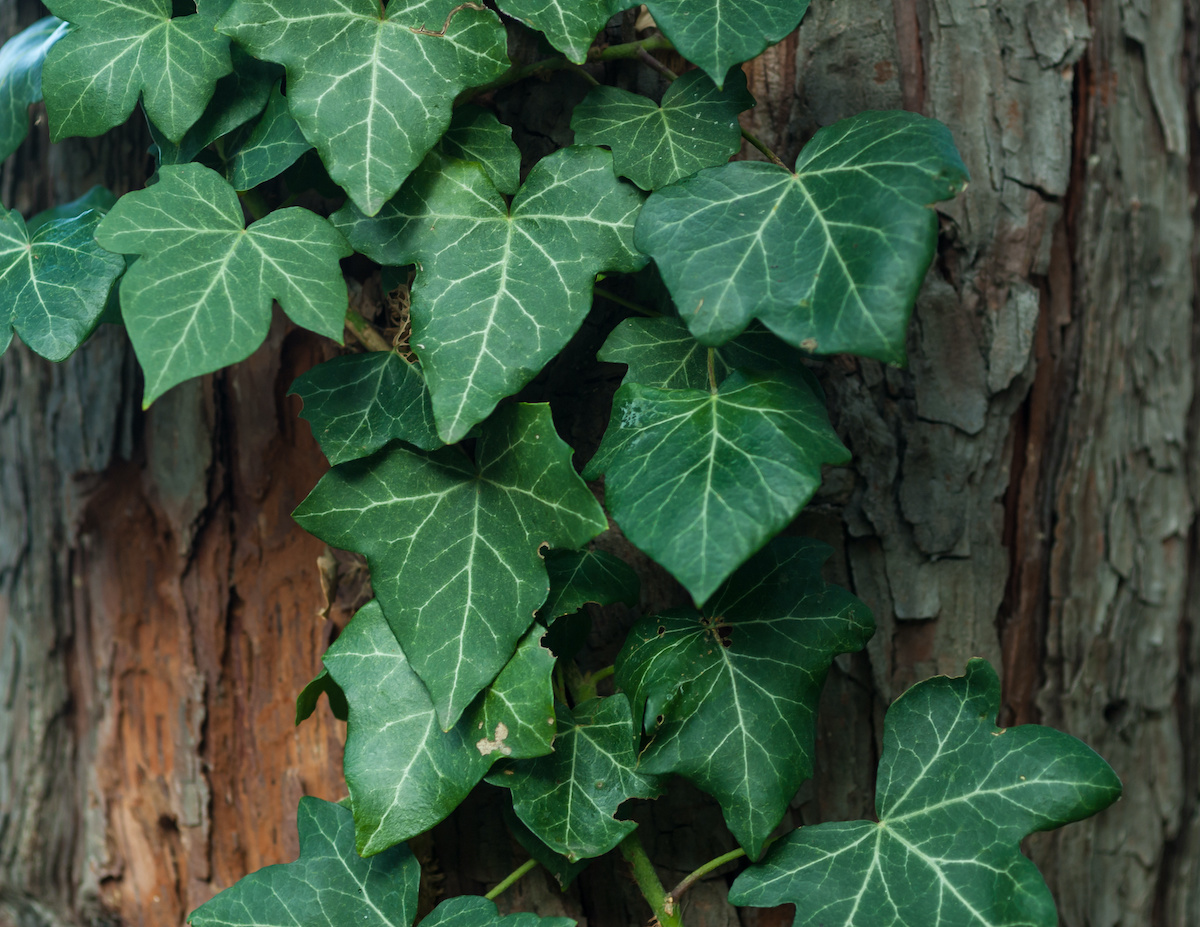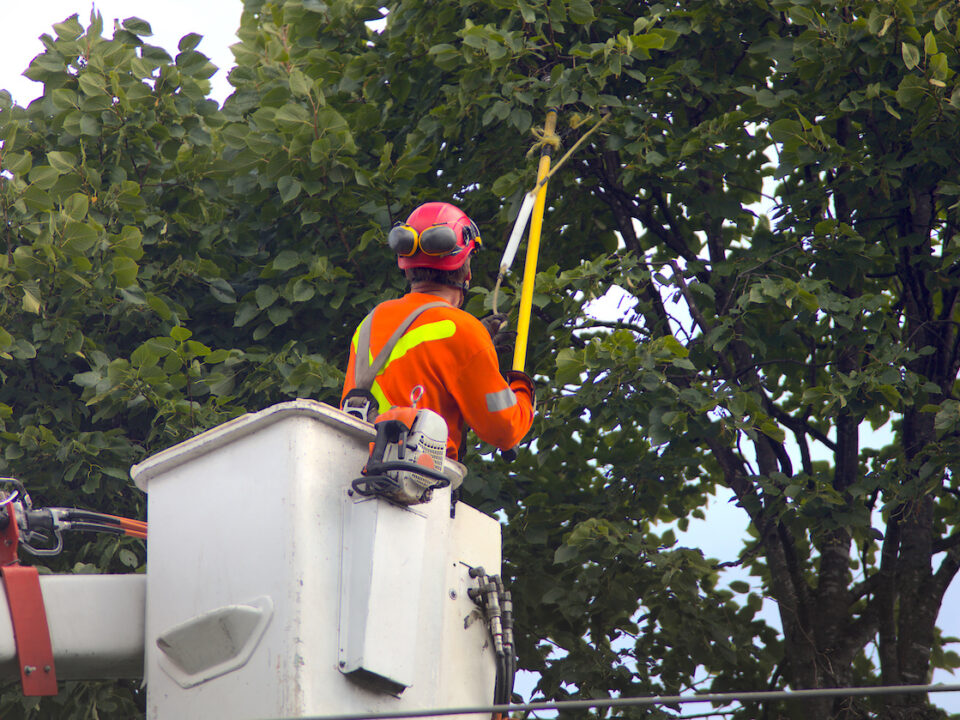When you look at the trees on your southwest Florida property, do you just see shade cover and something pretty to display on your property? Or, do you see the tree for the complex organism that it really is—and which needs your attention and care?
From roots to leaves, we often don’t think about everything going on inside a tree: metabolism, seasonal lifecycle changes, repair, growth and aging. You may not realize how vulnerable a tree is to damage, infestation, and environmental stress.
If you aren’t paying attention to outward signs of stress, indicating poor tree health, then you won’t be able to prevent damage or illness that makes your tree an unsightly entity, costly to remove from your front lawn.
Simply by walking around your Florida property, you can make several types of visual observations of tree health. These observations can help you identify if your tree:
- is in good health
- is at risk for infection, pest infestation, or death
- needs ‘medical attention’ provided by a certified arborist
- needs to removed and replaced.

What does a Healthy Tree look Like?
A healthy tree, regardless of species, is a dynamic organism that can survive some of the toughest environmental conditions provided its nutrient needs are being met. Trees that are in good health show these signs:
- one leader trunk, usually central to the body of the tree
- mostly uniform color and texture of the bark
- absence of loose or peeling bark on the leader trunk and primary offshoots
- strong, substantial branching from the main trunk
- regular evidence of new growth each year
- full branches; absence of numerous dead or broken branches
- vibrant leaves or needles (for evergreens)
- abundant leaves with proper shape and size for the season
- full crown when in seasonal bloom

Visually Inspect Trees for Signs of Stress
You may want to grab a set of binoculars so you can get a closer look at the tree from bottom to top. It’s a good idea to carry a notebook so you can make notes about each tree. You should record
- date
- time of day
- location on the property
- observations
- questions to ask an arborist
#1 Tree Age & Lifespan
Many varieties of tree live long lives, some hundreds of years. Such trees, however, often are not part of residential or commercial property landscaping. If you know the type of tree on your property and when it was planted, then you can Google the typical lifespan of that type of tree. Now, you can make an educated guess about whether or not the tree is near the end of its natural lifespan.
If a tree is at or close to the end of its lifespan, the tree should be removed by a specialist. Why?
- Dying or dead trees become hazards in high heat or if hit by lightning. In high winds, dying trees will break more easily and are at risk for falling into your home or office.

#2 Discoloration in the Leaves
In the autumn, does or did the tree show even or uneven leaf color?
- Discolored leaves indicate a sign of illness that requires further evaluation by an arborist.
Are leaves falling off the tree when the tree should be in full foliage?
- Premature loss of leaves indicates poor health, requiring further evaluation by an arborist.
If you have evergreen trees on your property, the key indicator that this type of tree is dying is seeing needles that are yellow, brown, or red.
Additionally, leaves that are wilting; are of an abnormal shape, size, or texture for the species could indicate poor health.
#3 The Twig Test
Sometimes tree death is not obvious, but twigs do not lie! (usually) Break off a twig and check the inside:Does it look green? If so, you have a healthy tree.
If the twig is brittle and dark, the twig is dead. You’ll need to check additional twigs and branches. If there are more dead twigs, that tree is struggling and may already be dead. A certified arborist can further evaluate and indicate next steps.

#4 Brittle Bark
Bark is to a tree as skin is to a human body. It is nourishing and protective. When a tree—branch or trunk—starts to loose bark, it is either stressed or already dying. Other signs related to bark detoriation include splits, cracks, and cankers that are widespread or deep. At first you may see bark peeling. If branches and twigs are brittle and breaking off, the tree is likely dead. Additionally, if sap is oozing and odorous, the tree is likely sick.
#5 Tree Disease
Fungi, including mushrooms, bacteria, and viruses can cause tree disease.
Some diseases that affect trees are common to all types of trees. Other diseases are specific to certain types of trees. You don’t need to figure out what the disease is (leave that to the expert, an arborist). All you need to do is observe the tree to see if there’s anything unusual growing on the trunk, branches, leaves or in the soil surrounding the tree. In some cases, the treatment is not to remove the tree but to properly trim the tree and learn preventive measures to keep the disease from returning.

#6 Insect or Rodent Infestation or Damage
Insects and rodents of all types enjoy trees. Some form a symbiotic relationship with the tree. It is more common for insects and rodent feeding activity or living inside a tree (building nests, creating exit holes) to cause a tree to wither or die.

#7 Parasitic Plants
There are many types of weeds that compete with trees for nutrients and water. Some weeds can outcompete the tree for these resources. Other types of weeds brow in the tree’s canopy or up the trunk (such as ivy) and can suffocate the tree. A parasitic plant may not be the cause of tree death, but it leaves it vulnerable to opportunistic infection and disease.
#8 Soil Deficiencies
If the soil around your trees is deficient in critical nutrients that a tree needs for health, then the tree will die along with any other plants and shrubs on the property. This is because nutrient deficient soil causes widespread damage to anything you are trying to grow on your property. A soil test will be necessary to diagnose the nutrients lacking in the soil.

#9 Weak Architecture
If a tree has been pruned or cut improperly over a period of years, it will develop an irregular growth pattern. This can cause the tree to develop weak architecture—that is, a structural imbalance that can interfere with the efficient movement of nutrients through or can make the tree vulnerable to falling down during high winds and heavy rain.
Get in Touch with a Certified Arborist
Once you have made observations and notes about the trees on your property, you will have a very good idea of potential problems.
Just because you have identified damage to a tree, don’t assume that tree removal is your only solution.
There could be many sources for your tree’s problem, and more than one solution depending on your location, your soil, the irrigation you have, the mulch you use and many other factors. For example, If the problem is in your soil, cutting down one seemingly dying tree won’t correct the problem (nor will planting anything new in its place).
Your next step is to call a certified arborist to determine the extent of damage and whether or not a tree can be saved. Until an arborist has made an assessment, you should not do anything to the tree(s). If the problem is correctly identified early enough, it will likely be less costly to resolve. And, you may very well save a tree.
Warner Tree Service provides professional tree care services throughout the Tampa Bay area. Based in Palm Harbor and serving Hillsborough, Pinellas, and Pasco Counties, owner and ISA Certified Arborist Rick Warner and his family offer unmatched, personalized service for every customer. Rick has long had a passion for the strong and graceful appeal the right tree can bring to Florida residential or commercial property.
Contact Warner Tree Service today for an inspection of the trees on your property.
Resources
Trees are Good is a website dedicated to the health of trees and plants and the education of arborists.
Arborist Credentialing Information
Why Trees Become Unhealthy (Eric Boa, author: “An illustrated guide to the state of health of trees: Recognition and interpretation of symptoms and damage.”)




